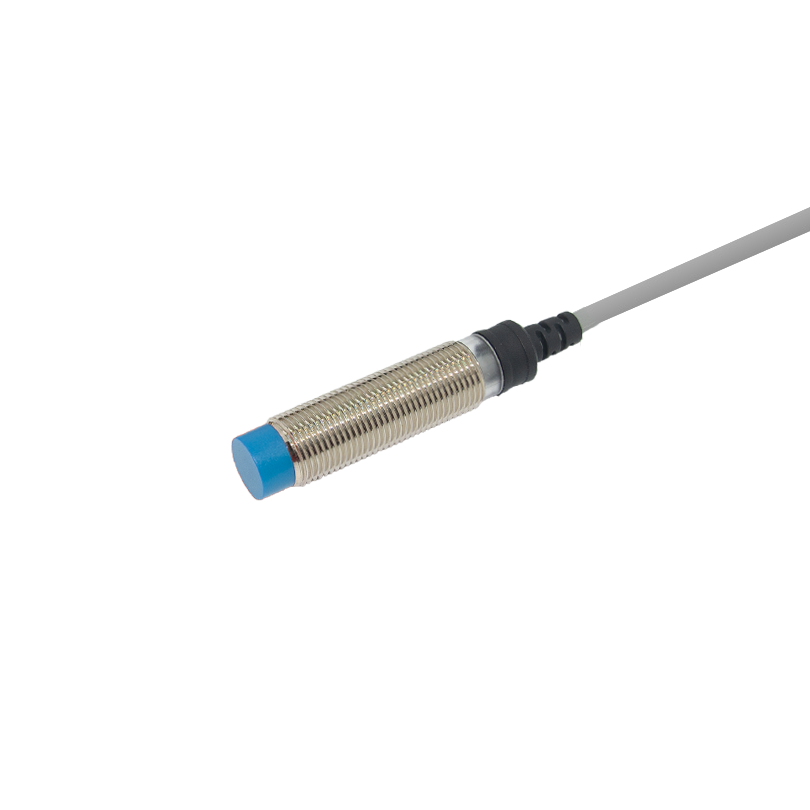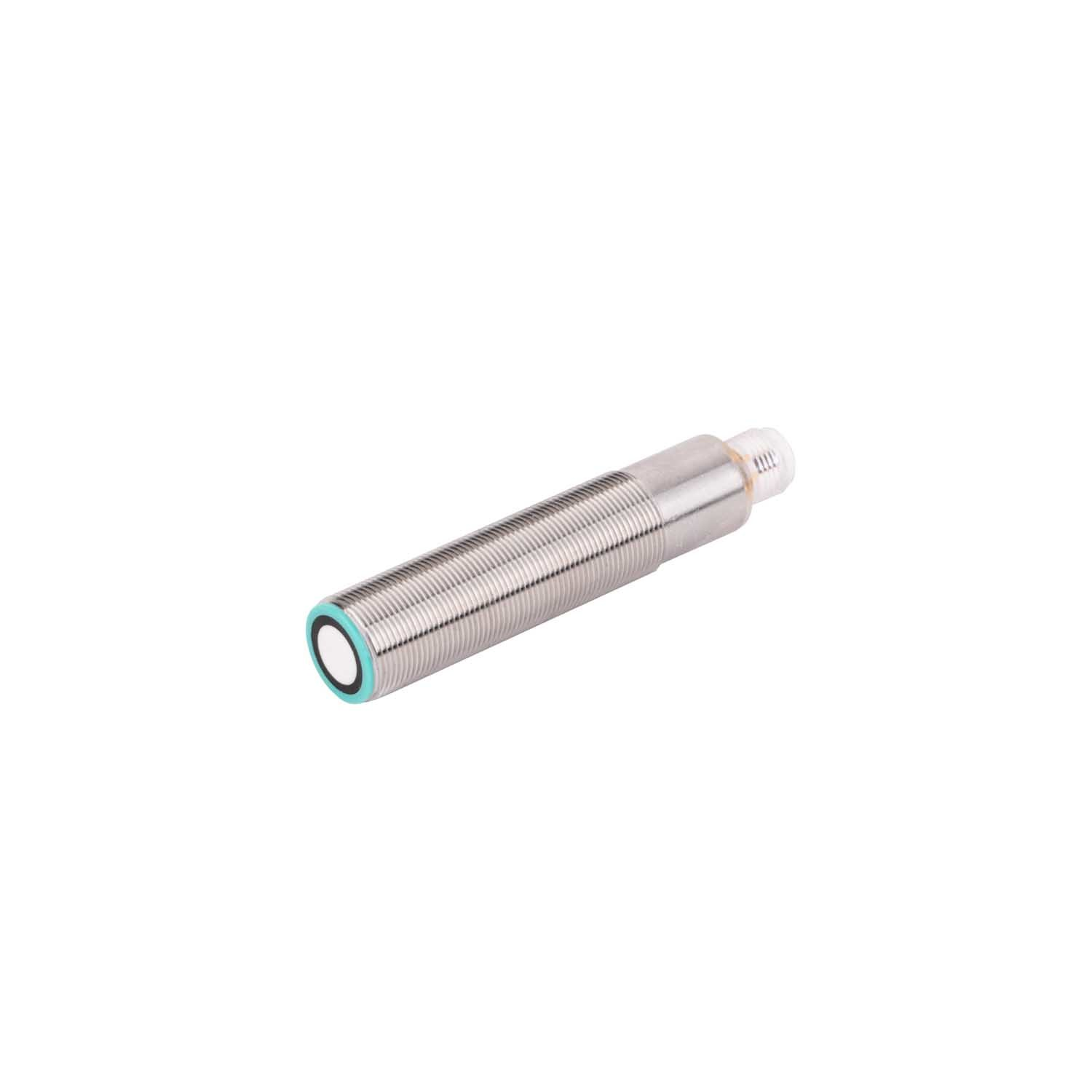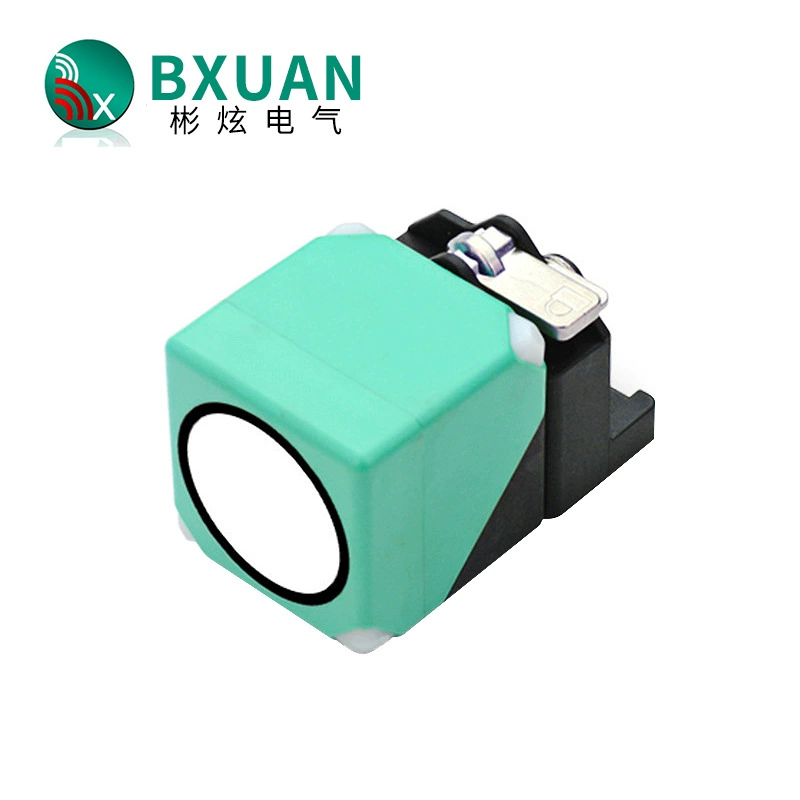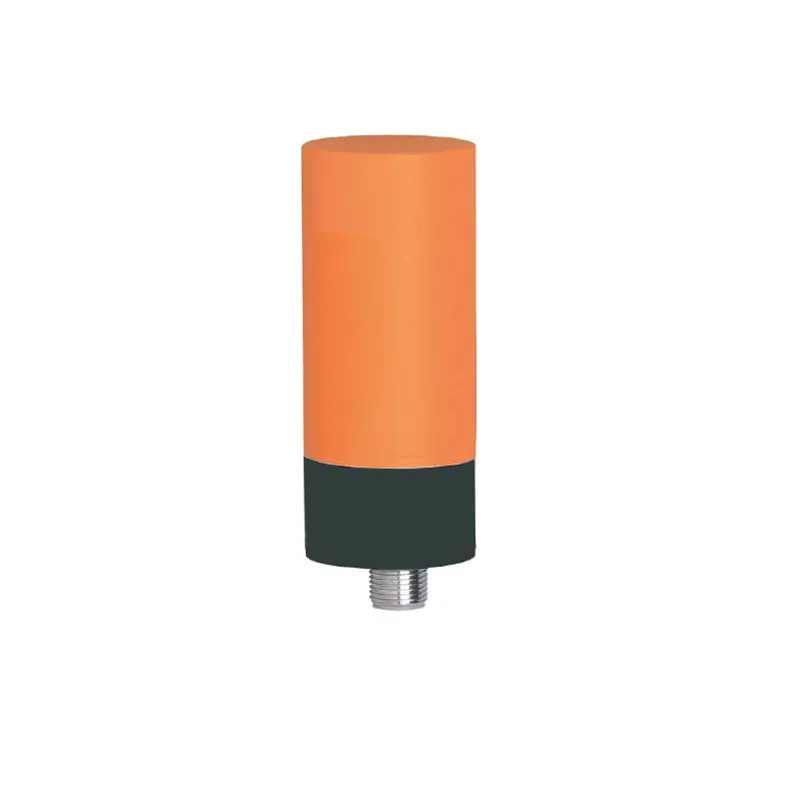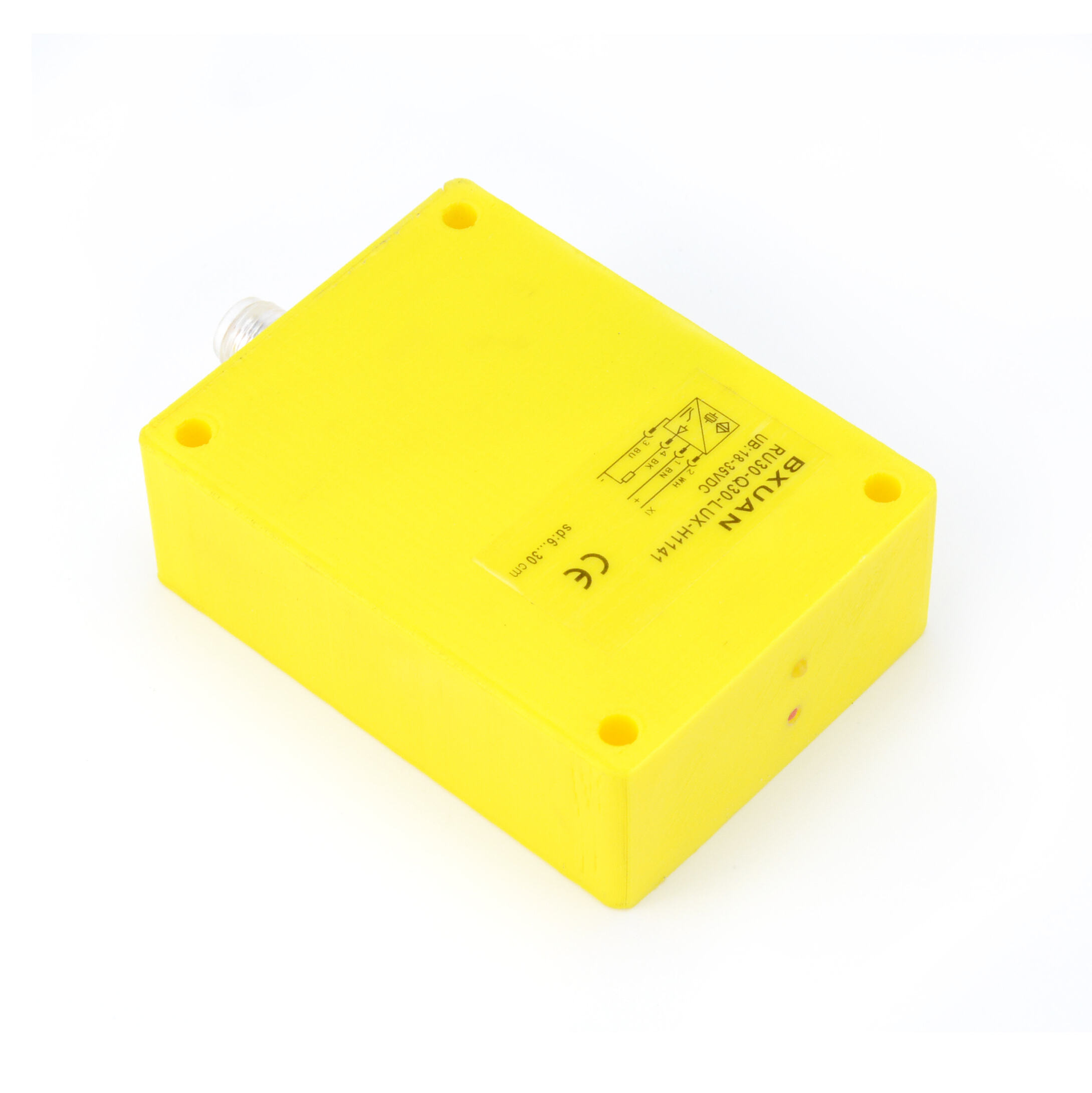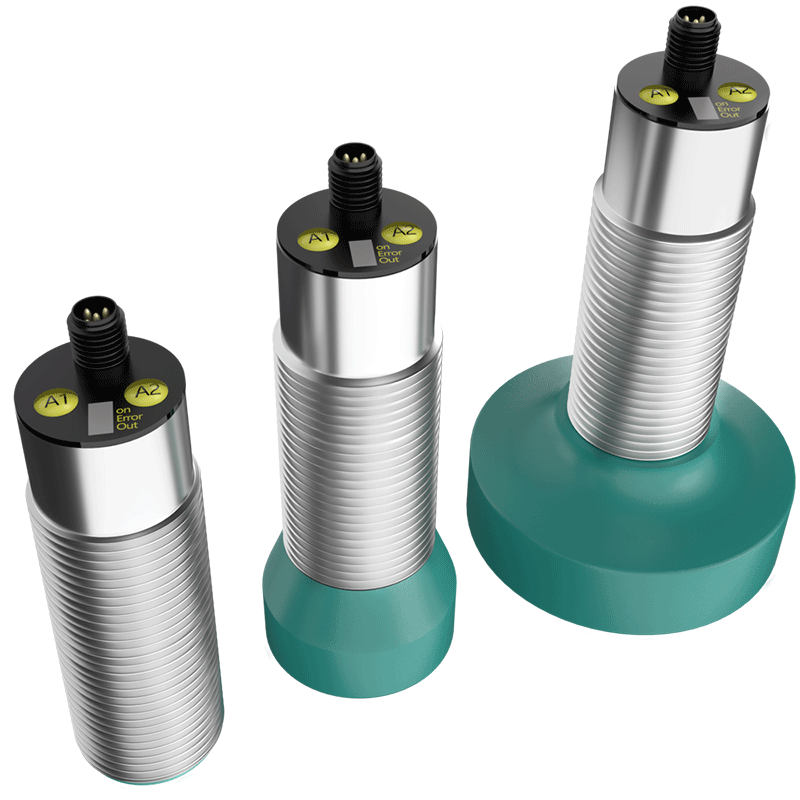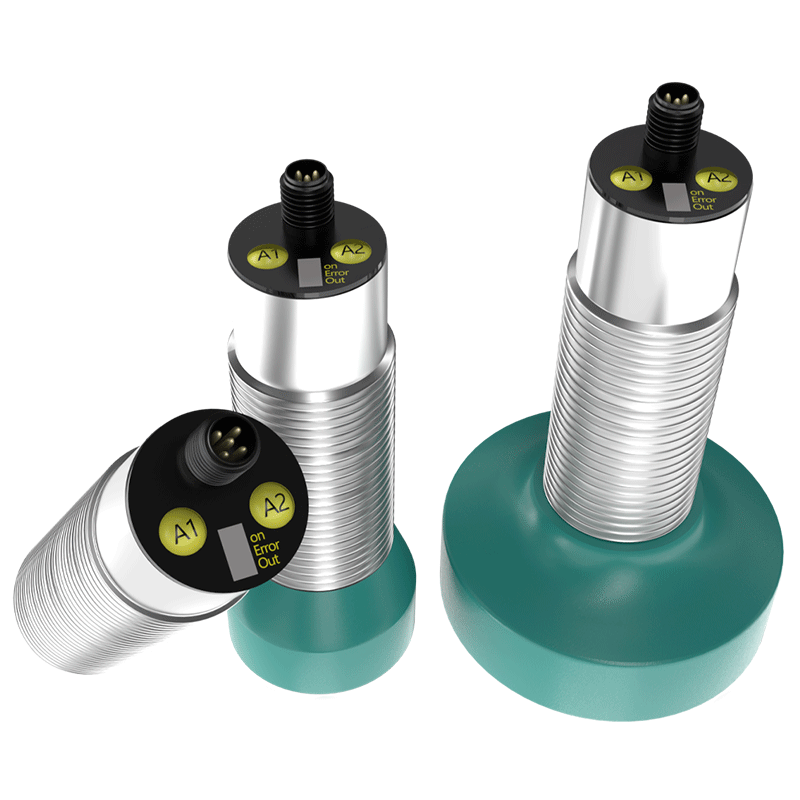ultrasonic sound sensor
An ultrasonic sound sensor is a sophisticated device that operates by emitting high-frequency sound waves and measuring the time taken for these waves to bounce back after hitting an object. Operating at frequencies above 20 kHz, these sensors effectively detect, measure, and map objects in their surrounding environment. The sensor consists of two main components: a transmitter that emits ultrasonic waves and a receiver that detects the reflected waves. This technology enables precise distance measurement, object detection, and spatial mapping capabilities. The sensor calculates distance by measuring the time interval between sending the signal and receiving its echo, using the speed of sound as a constant. Modern ultrasonic sensors incorporate advanced signal processing algorithms to filter out noise and provide accurate readings even in challenging environments. These devices are particularly valuable in industrial automation, robotics, and automotive applications, where they help prevent collisions, assist in parking systems, and enable automated material handling. The sensors can function effectively in various environmental conditions, including darkness and transparent surfaces, where optical sensors might fail. Their non-contact measurement capability makes them ideal for applications requiring precision without physical interaction with the target object.

